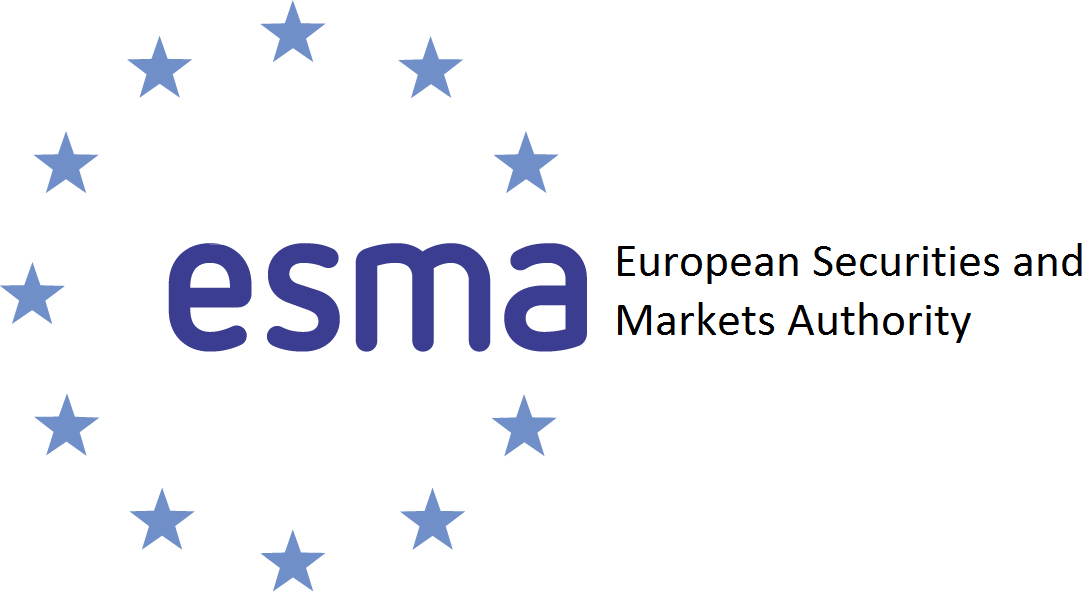The European Securities and Markets Authority (ESMA) has not found sufficient evidence to ban pre-hedging but warned about the risks of the practice.
In its final report on its ‘call for evidence’ published last week, ESMA said pre-hedging should be assessed on a “case-by-case basis” with global principles established in a bid to create a common regulatory approach, but stopped short of a ban.
“ESMA believes that global regulatory principles applicable to pre-hedging could be beneficial in fostering a common regulatory approach to this practice,” the regulator said.
“Those principles could serve as basis for the development of any future ESMA guidance.”
ESMA added existing cross-border initiatives such as the Global FX Code (GFXC) and the Financial Markets Standards Board (FMSB) – for large trades – would be a good starting point “to identify legitimate practices”.
It said respondents were split on the illegitimacy of pre-hedging, a practice it defines as liquidity providers “hedging inventory risk in an anticipatory manner in the presence of a potential incoming transaction”.
However, it has also been labelled as “frontrunning” by some market participants, including Jane Street, which considers it to be a form of market abuse.
It has been a particularly hot topic for trades executed on request-for-quote (RFQ) platforms, where most European ETF trades are completed, with an increasing number of market makers pre-hedging an order from an investor in preparation for winning the trade.
ESMA issued a ‘call for evidence’ on the practice of pre-hedging last July after many national regulators raised concerns over the practice.
However, ESMA noted that in some cases pre-hedging could be considered a necessary practice such as allowing the reduction of risk on a liquidity provider’s book and said divergences across global RFQ markets meant a “one-size-fits-all” regulatory approach could not be adopted.
“In this context, the existing GFXC and the FMSB guidance can be used as a good starting point to identify legitimate practices. However, they should be adapted to the specificities of each market,” it said.
One option suggested as a possible remedy to frontrunning was sending two-sided RFQs, showing a buy and sell order, which is meant to hide which way an investor is trading.
However, ESMA said liquidity providers generally know which way clients are trading, even if they ask for a two-way price.
While it will not ban the practice, ESMA said its next steps will be to develop global regulatory principles applicable to pre-hedging and will also provide guidance in the final report of the review of the Market Abuse Regulation.




